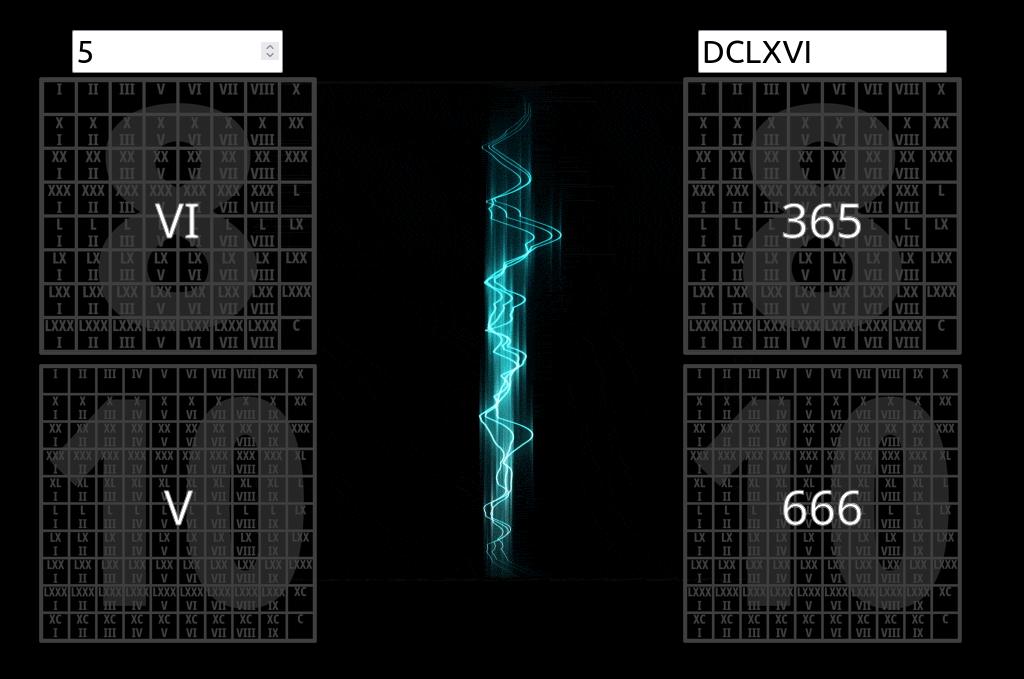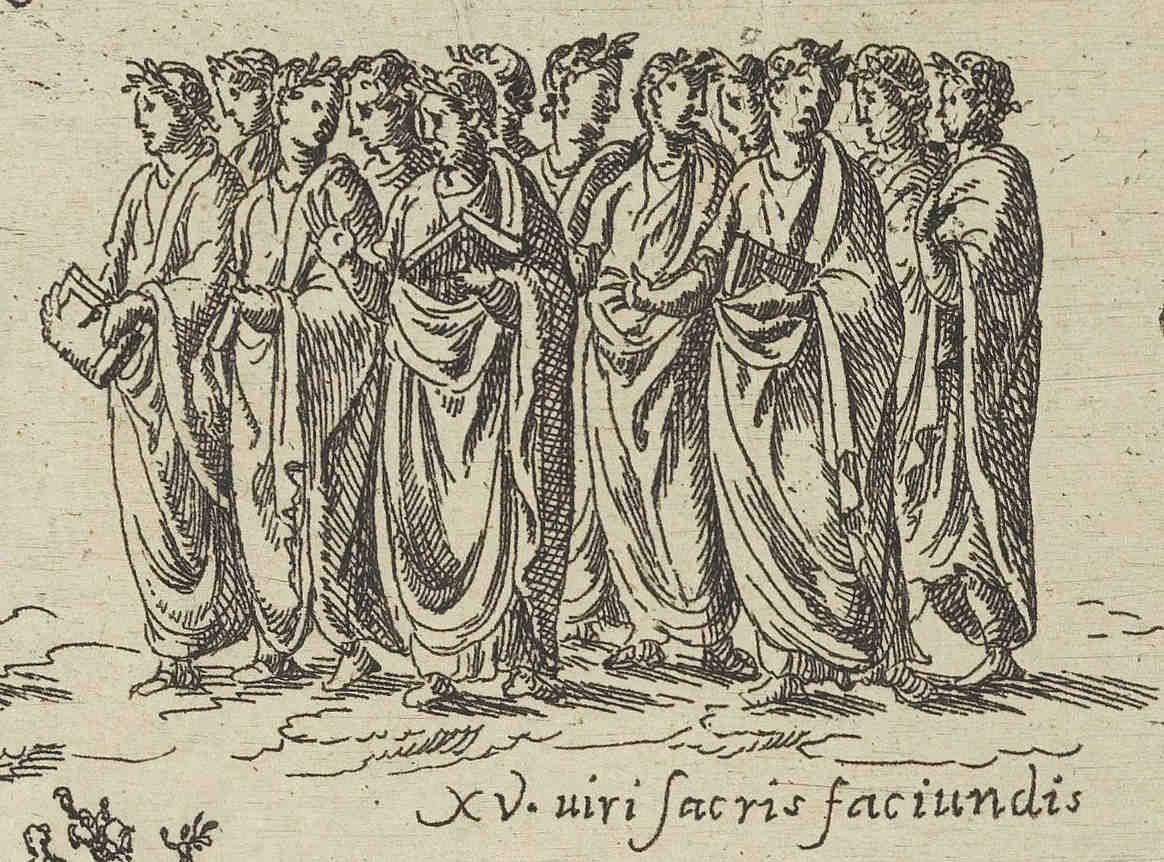In earlier times, different regions used different systems of numbering, not only measures of weight, distance or temperature, but also of time and chronology. In his work “The Easter Computus and the Origins of the Christian Era“, Alden Mosshammer, professor emeritus of history, notes:
The standard chronological reference in many ancient cities was the eponymous year—the name of the chief magistrate who served during that year. Some ancient historians also dated by reference to a numbered Olympiad, beginning with the first Olympic observance, traditionally dated to the summer of 776 BC. Where kings ruled, it was customary to number the years of the monarch. Numbering the years from the foundation of a city or an epochal date in its history was also common. A system of numbering the years by reference to a 15‐year period known as the Indiction, with a base‐date in AD 312/13 emerged in the eastern Empire. Some Christian writers numbered the years from the Creation of the cosmos, others from the Passion of Jesus. Each city had its own calendar, with different names for the month and a different point for the beginning of the year.
https://doi.org/10.1093/acprof:oso/9780199543120.003.0002
In doing so, modern revisionists have discovered that even the numbering systems themselves may have differed in the past: non-positional Roman numbers could have been recorded not only in the decimal style generally accepted today, but also in octal. I have made a simple web application for this kind of research:
 http://is3.soundragon.su/romans
http://is3.soundragon.su/romans
On the left you can convert Arabic numbers to octal and decimal Roman numbers, and on the right you can enter and recognise any Roman numbers as octal and decimal. For more details on the relationship between chronology and the various systems of Roman numeracy, see Andrei Stepanenko, “The Roman numeration – a key to the chronology secret“.
It is necessary to note separately that all octal Roman numbers have analogous decimal number, but not all decimal Roman numbers have identical octal Roman number.
It is believed that the modern generally accepted interpretation of Roman numbers was first described in detail by Theodor Mommsen less than two centuries ago in his work on Roman coinage. It is quite possible that some individual ancient record of Roman numerals created before this may originally have meant quite a different numerical value from what is accepted today in Mommsen’s interpretation.
For example, in the once popular engraving Pompa circensis Circus Maximus, now believed to have been printed some 450 years ago and depicting in detail the Circus Maximus Parade in Rome, the 12 so-called “quindecemviri” are designated by the octal Roman number XV.
 Or, for example, another engraving on this popular subject dates from 1565 in the Gregorian calendar, as it bears the Roman number MDLXV. In the octal interpretation MDLXV stands for the number 812. With the application i have published, you can quickly check such Roman numbers from ancient sources.
Or, for example, another engraving on this popular subject dates from 1565 in the Gregorian calendar, as it bears the Roman number MDLXV. In the octal interpretation MDLXV stands for the number 812. With the application i have published, you can quickly check such Roman numbers from ancient sources.